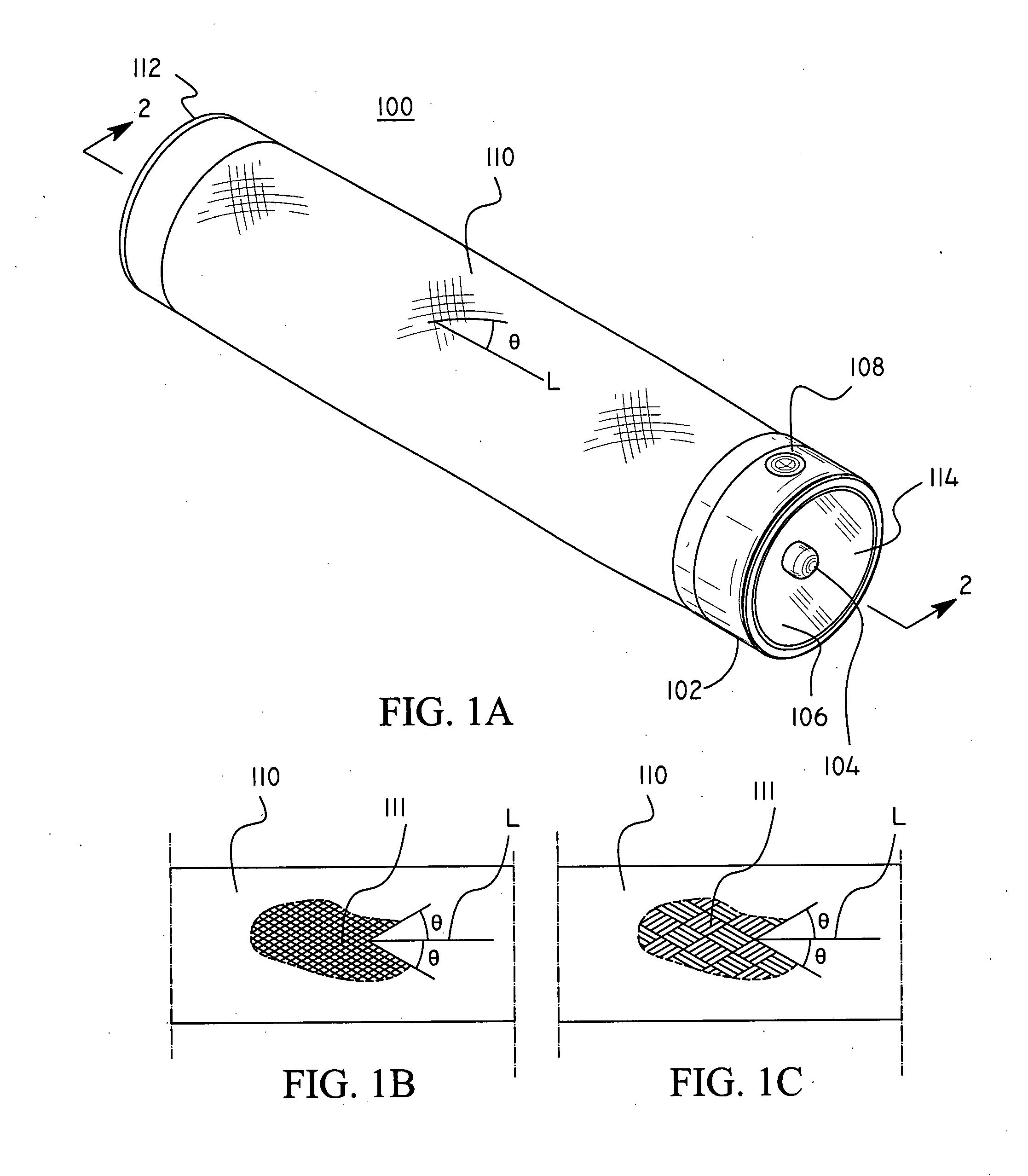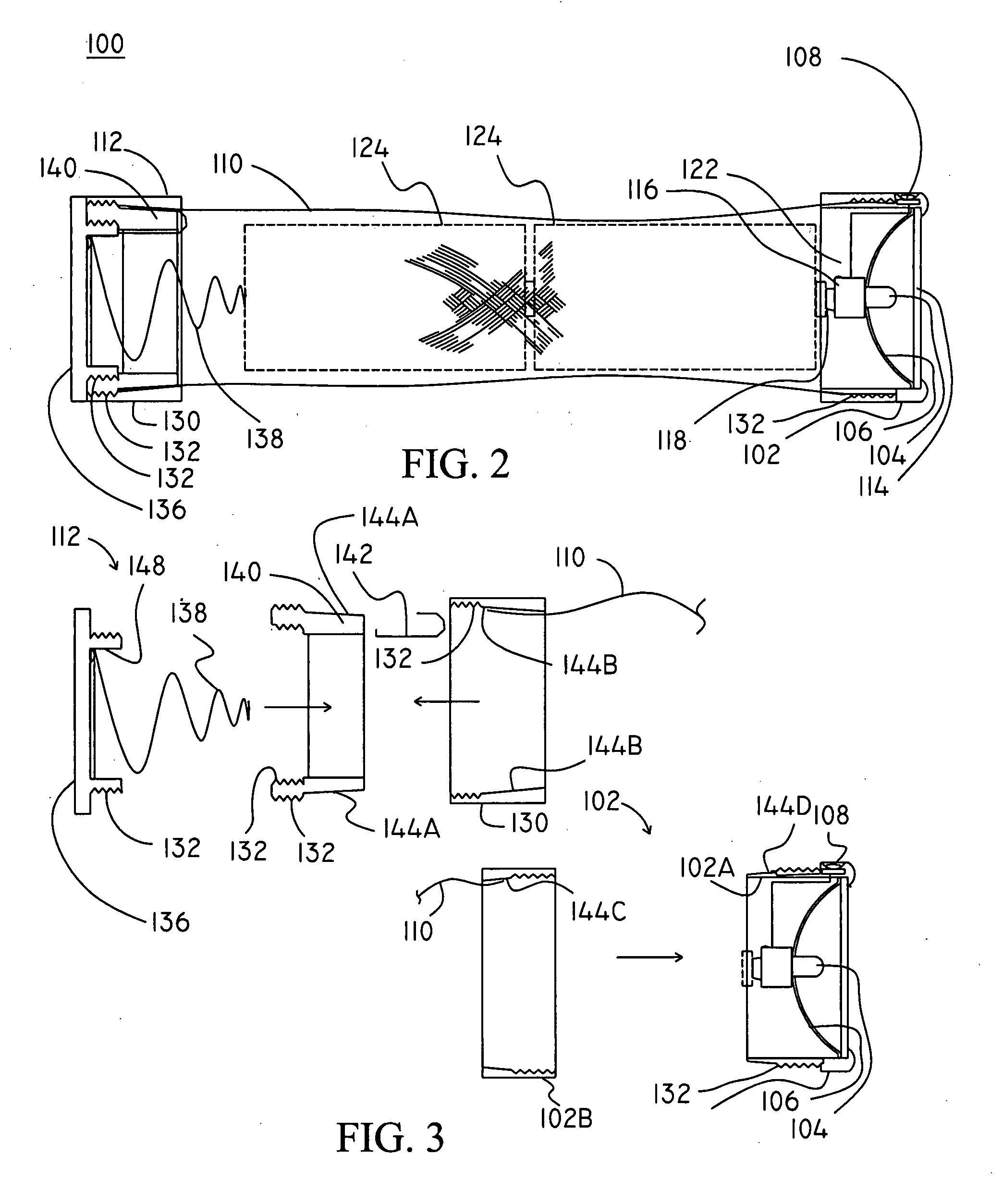Flexible battery container and method of use
a battery container and flexible technology, applied in the field of flexible bodies, can solve the problems of power supply, battery power loss, and full discharge of portable devices,
- Summary
- Abstract
- Description
- Claims
- Application Information
AI Technical Summary
Benefits of technology
Problems solved by technology
Method used
Image
Examples
Embodiment Construction
[0062]Preferred embodiments of the present invention will be described in detail with reference to the annexed drawings. In the following description, a detailed description of known functions and configurations incorporated herein will be omitted when it may obscure the subject matter of the present invention.
[0063]Note that throughout the present invention, interchangeability of components is contemplated and the corresponding terms throughout this specification including the claims may therefore be substituted for one another as desired as would be reasonable to one skilled in the art. For example, a light emitting diode (LED) may be substituted for an incandescent bulb. Likewise the flexible battery holder may be attached to another device (e.g., a cellular phone, a PDA, a battery charger, a USB port, etc.) for providing power to and / or receiving power from (e.g., in the case of the battery charger) the other device. Power sources used in the present invention may include batter...
PUM
| Property | Measurement | Unit |
|---|---|---|
| output voltage | aaaaa | aaaaa |
| output voltage | aaaaa | aaaaa |
| output voltage | aaaaa | aaaaa |
Abstract
Description
Claims
Application Information
 Login to View More
Login to View More - R&D
- Intellectual Property
- Life Sciences
- Materials
- Tech Scout
- Unparalleled Data Quality
- Higher Quality Content
- 60% Fewer Hallucinations
Browse by: Latest US Patents, China's latest patents, Technical Efficacy Thesaurus, Application Domain, Technology Topic, Popular Technical Reports.
© 2025 PatSnap. All rights reserved.Legal|Privacy policy|Modern Slavery Act Transparency Statement|Sitemap|About US| Contact US: help@patsnap.com



